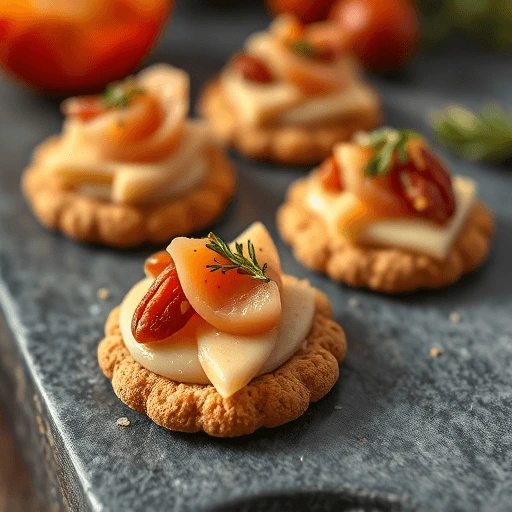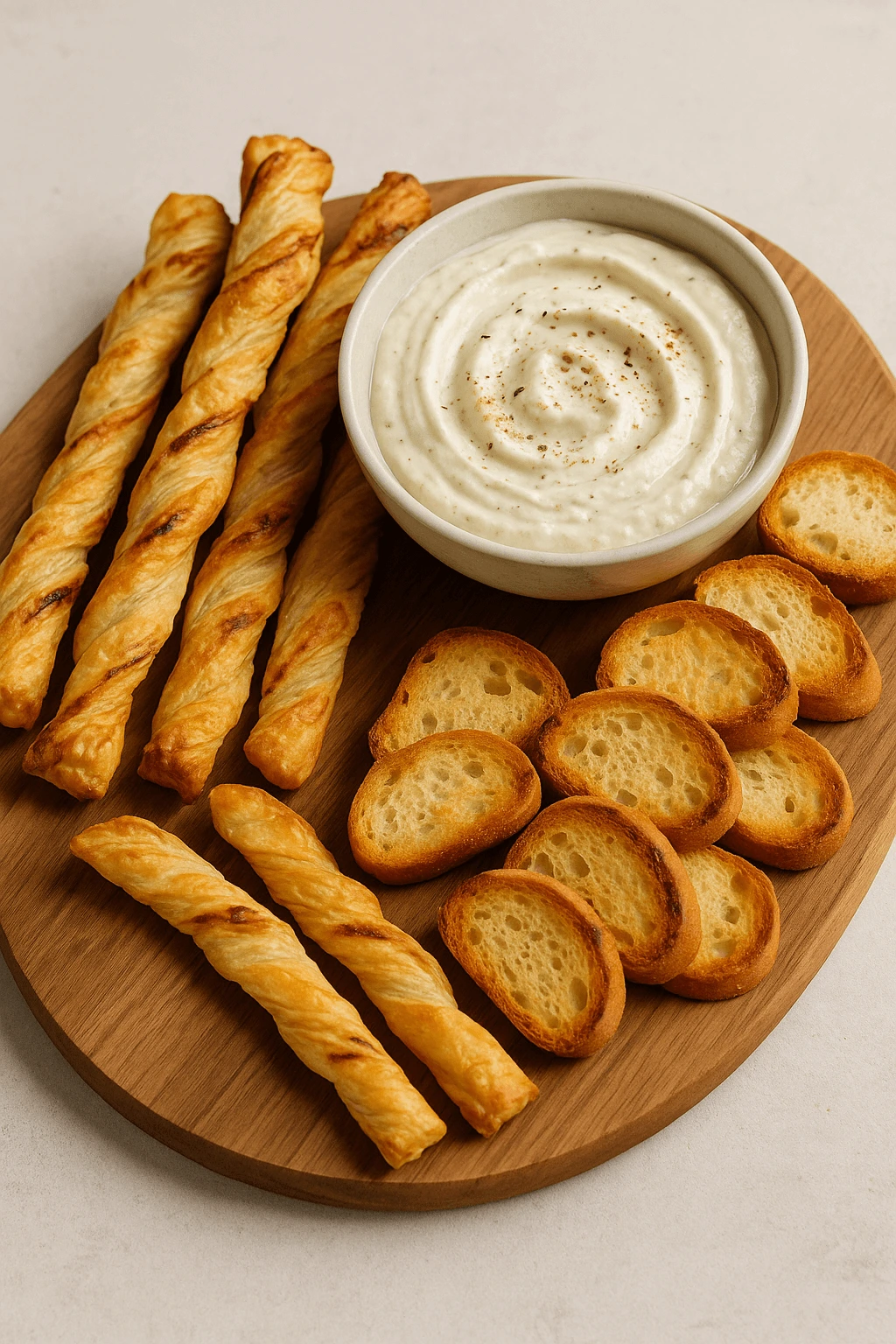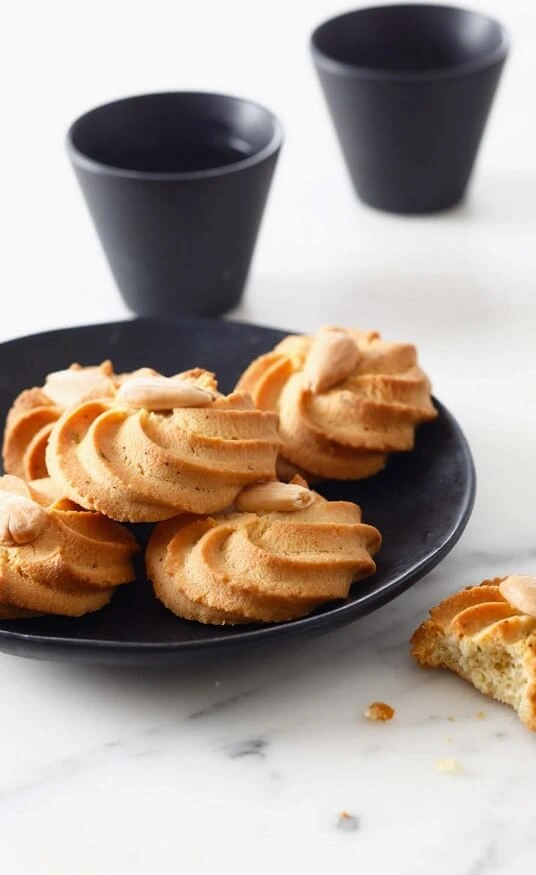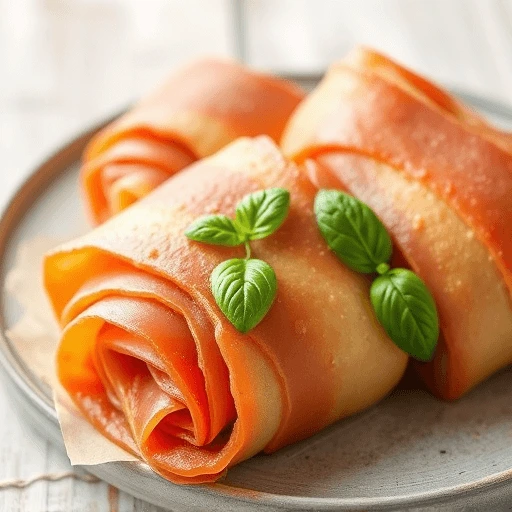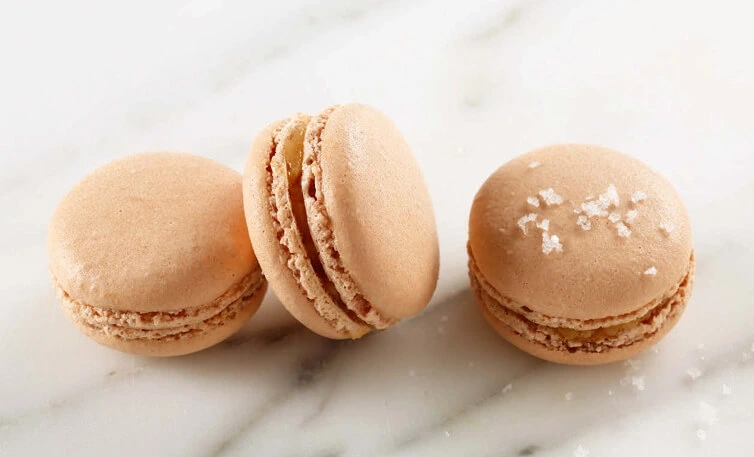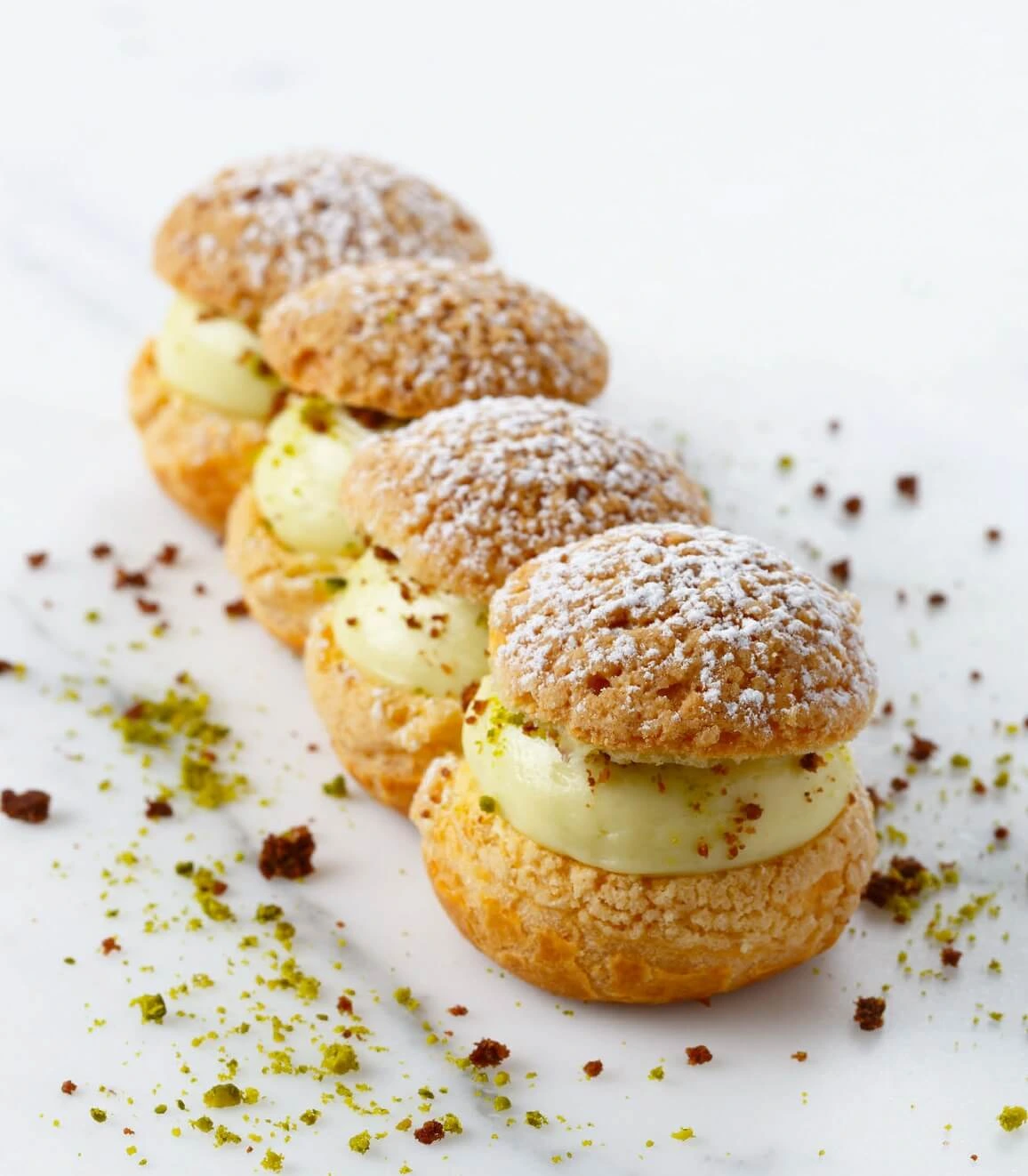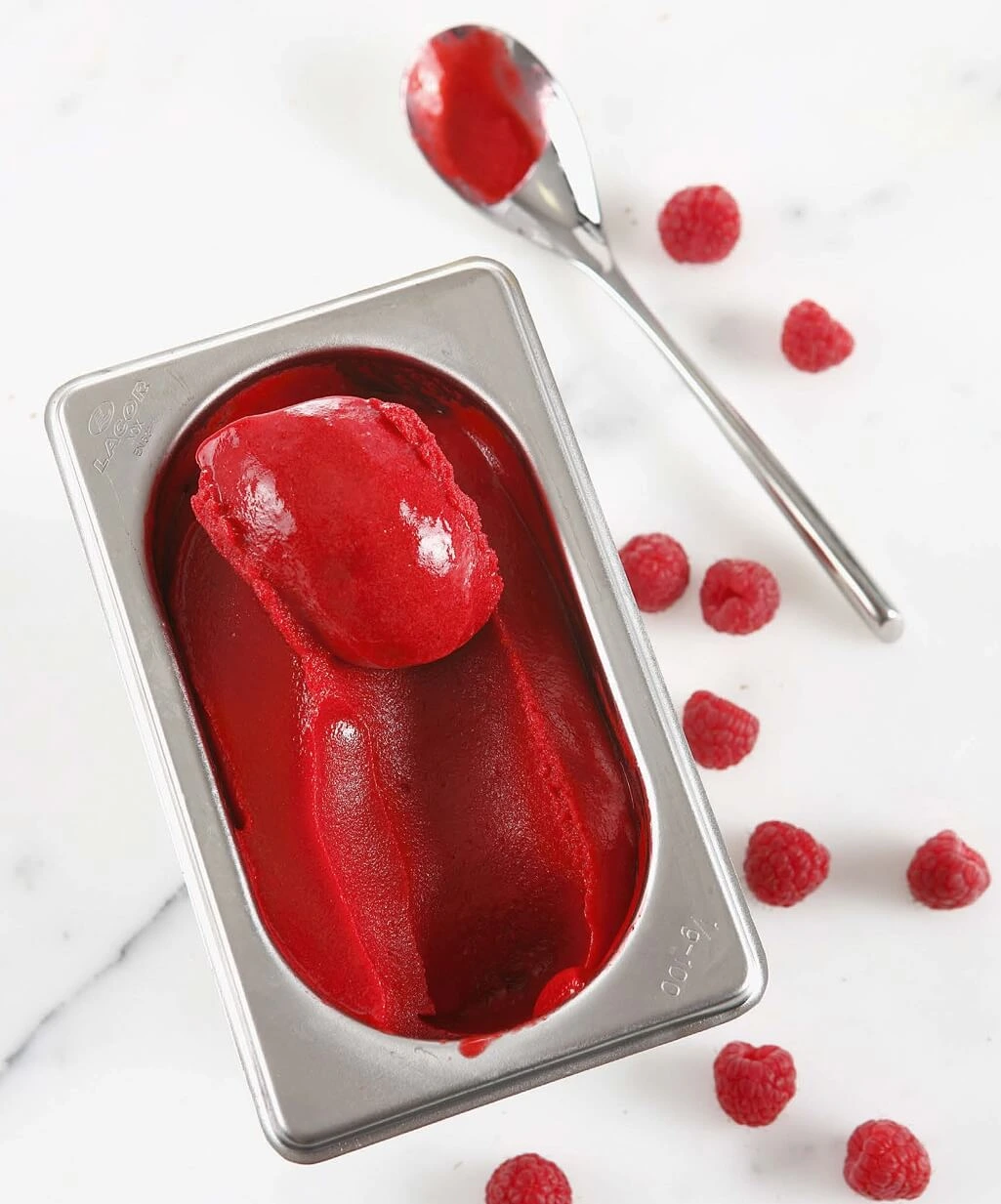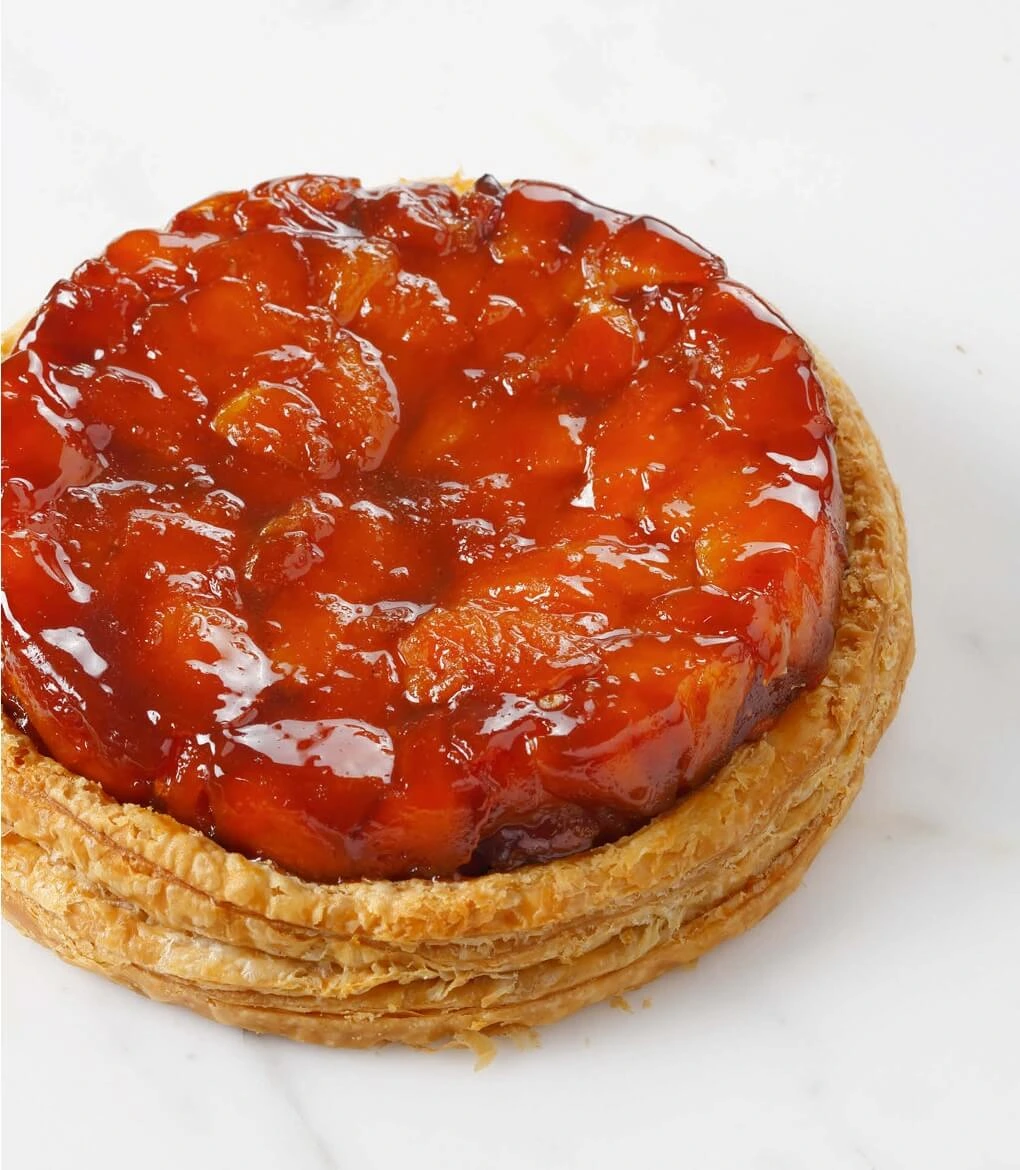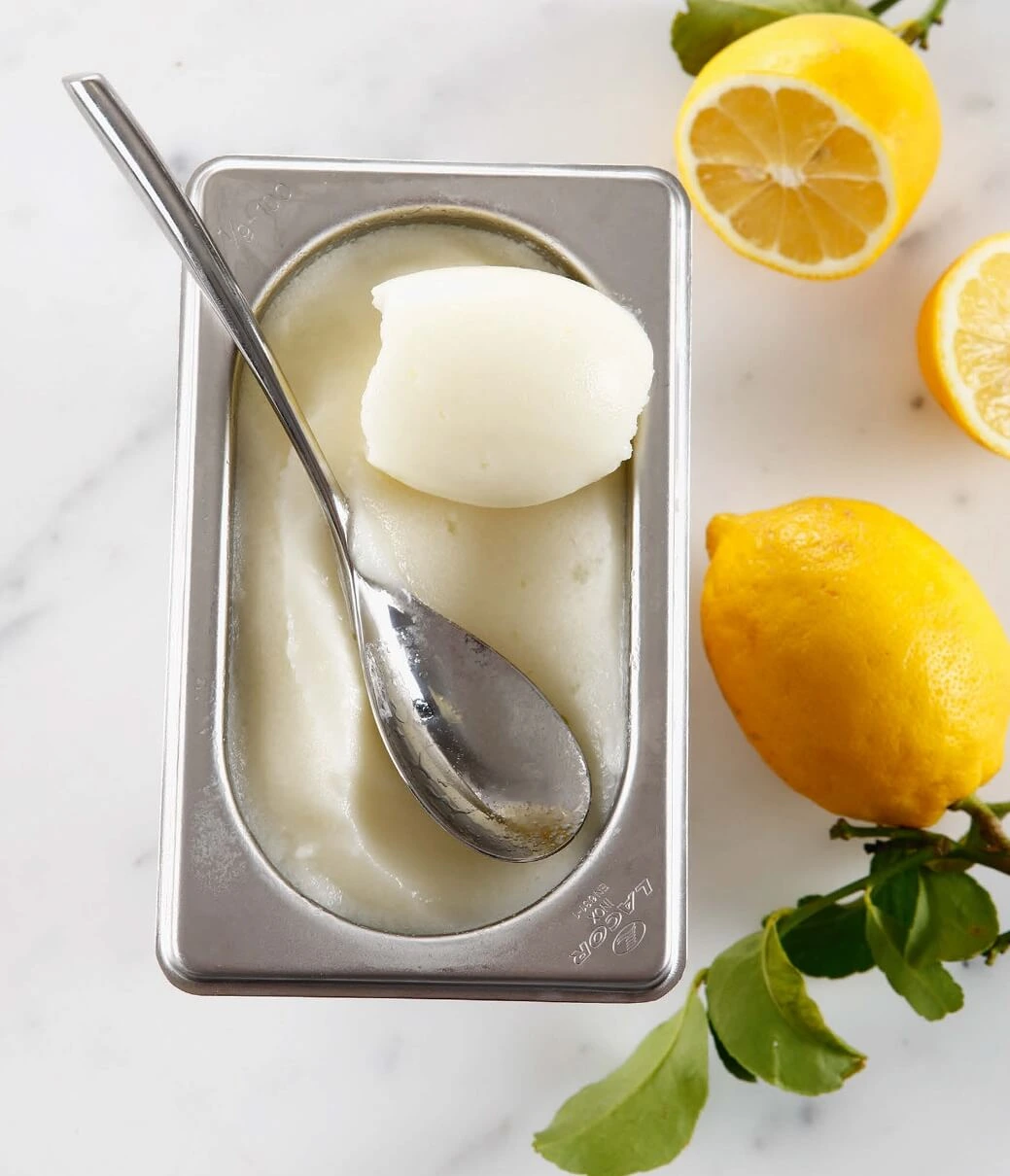Ready in 3min : Effortless Foie Gras Canapés with a Crunch
foie gras canapés There are appetizers—and then there are statements. Foie gras, with its buttery opulence and silken texture. belongs to that rare class of delicacies that require little adornment yet command absolute attention. When paired with the subtle crunch of a finely crafted cracker and the deep, toasted sweetness of pecans, it transforms into … Read more

